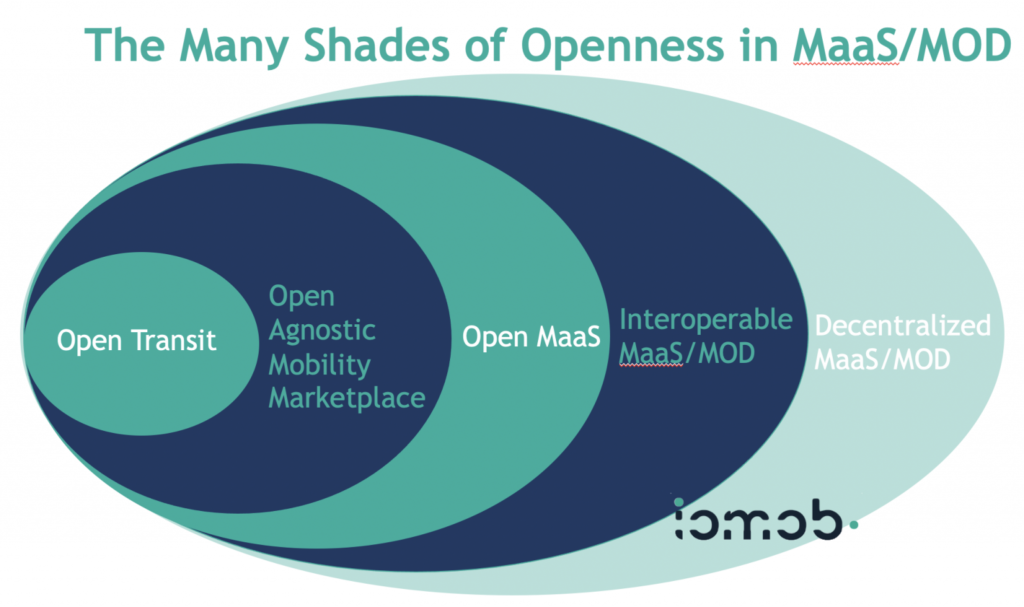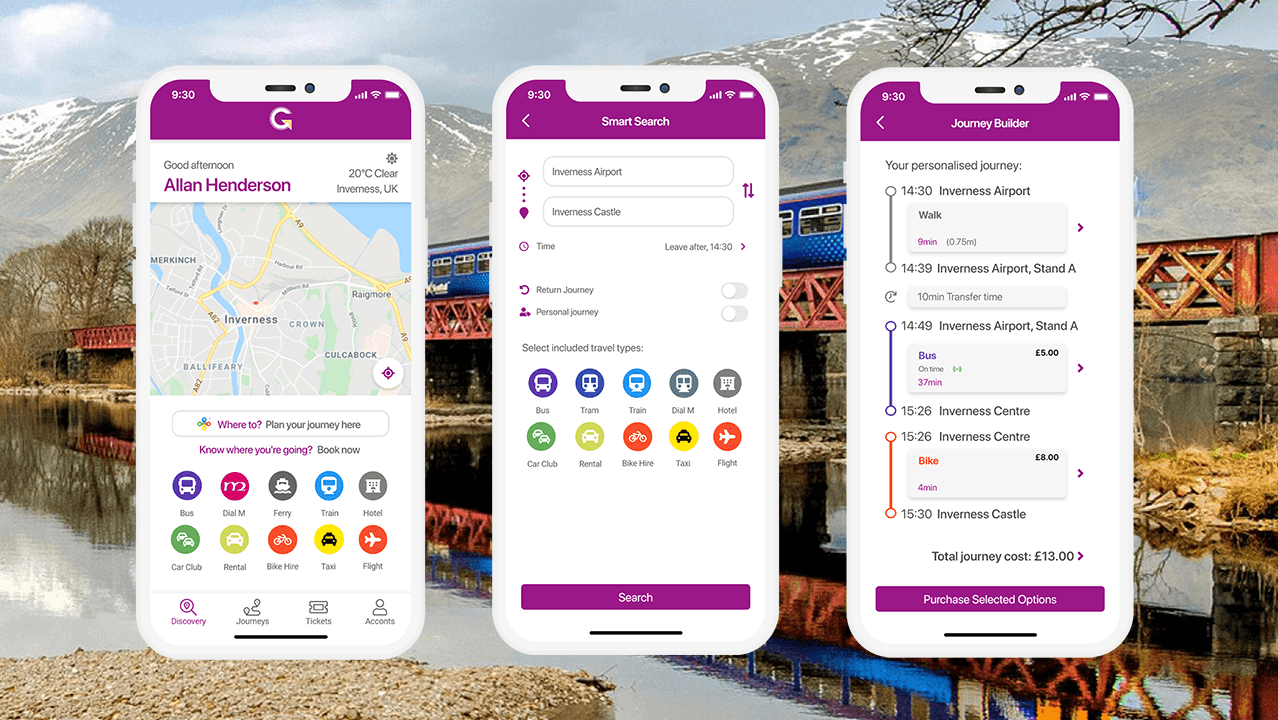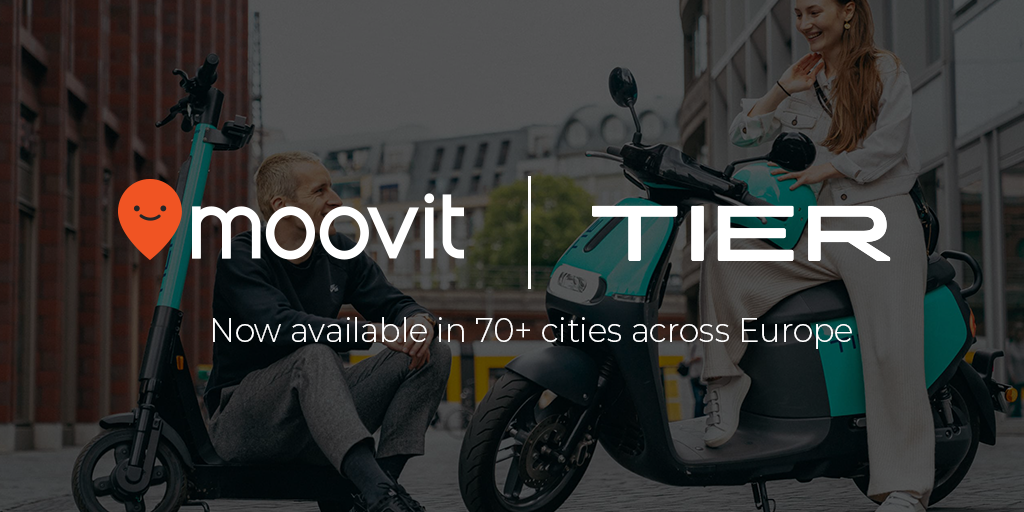Supercharging Public Transit Apps with Multimodal Mobility
As public transit agencies around the globe explore how to sustain and rejuvenate ridership post-Covid, they are also taking a serious look at rethinking the benefits of enabling multimodal connectivity with sustainable shared mobility services, especially DRT and micromobility.
Transit agencies have been grappling with the Mobility as a Service “conundrum” for years now. Should they let private MaaS companies deploy MaaS solutions in their service areas and allow them to sell the full suite of fare options? Should transit agencies license a custom MaaS platform from scratch? Should they tender a new white label app?
At Iomob we believe the future of MaaS places public transit agencies at the center of the shared mobility ecosystem, empowering them to take an orchestrator role. The public transit agency will likely employ a digital governance layer incorporating business rules to allow the agency to have an influence over any “MaaS” type multimodal service that leverages their transit ticketing. This will result in the fundamental building block of a new open model for MaaS, starting with open transit ticketing.

In this scenario, is there a role for the transit agency or PTO to operate their own MaaS app? In our opinion absolutely. No other actor within a local/regional ecosystem has more vested interest in the successful pairing of public transit with shared mobility than those acting directly on the behalf of the PTA/PTO. The societal goals embedded in the investment and operations of public transit services can be extended through successful deployment of multimodal solutions that make it that much easier for residents and visitors to ditch their private cars and leverage sustainable, shared and public transit services.
Yet the pervasive view in many PTAs/PTOs is they believe they must either tender the development of an entirely customized MaaS solution from a software consultancy, or to procure an off the shelf MaaS app. In both cases, this involves deploying a brand new app to replace or adjacent to any existing transit apps. There are times when an entirely new app is required: e.g. no current transit app exists, or the current app that does exist is limited in functionality, perhaps only containing transit schedules and is not a viable base for a multimodal app with a payment gateway.
What about when a PTA or PTO has a live app with tens of thousands or millions of installed, active users? Do they want to launch a new app requiring them to start over in recruiting users to download and use it? Extending the capability of an app with so many active users is much better and a faster path to utilization than starting over, and risking the cannibalization of users. This is why Iomob has focused on supercharging existing apps and platforms.
Skanetrafiken, the regional transit agency covering Malmo, Helsinborg and Lund, is our first public transit client embracing the idea of supercharging their existing app instead of launching a new one. Skanetrafiken facilitates around 160mn annual trips and has tens of thousands of active users of their current app. Instead of starting over, Iomob is deploying our multimodal journey planner and deeply integrated shared mobility services, to help them turn their transit app into a multimodal MaaS app without the launch of a new one. Furthermore, Skanetrafiken is building an API that will allow other 3rd party app providers to deploy multimodal solutions with Skanetrafiken’s full fare options built off of their new BOB standard. Thus Skanetrafiken is further validating the direction of transit agencies towards a more open approach to ticketing.
Even when a PTA/PTO has a need or desire to launch a new app, Iomob’s middleware technology approach can be leveraged as the base layer to build a shared mobility ecosystem around. This can be done with the support of local or global system integrator. Iomob already works with some regional and global integrators focused on transit agencies to do just this. Similarly, we are supercharging a new app for Brightline Trains with the assistance of their chosen system integrator.
Public transit is the backbone of all urban mobility. As such, it is the natural orchestrator to promote public and private multimodality that emphasizes sustainable mobility and urban development goals in cities and regions. To reinforce the central role of public transit in the shared mobility ecosystem, MaaS is a key digital infrastructure component that can support these societal and policy goals. And what better way to rapidly demonstrate success than to supercharge existing public transit apps and platforms to deliver seamless, door to door mobility and reinforce sustainable modal shift.
This article was originally published by Iomob Technologies OÜ.













